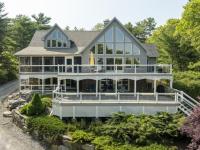Where Your Favorite Summer and Fall Birds are Today
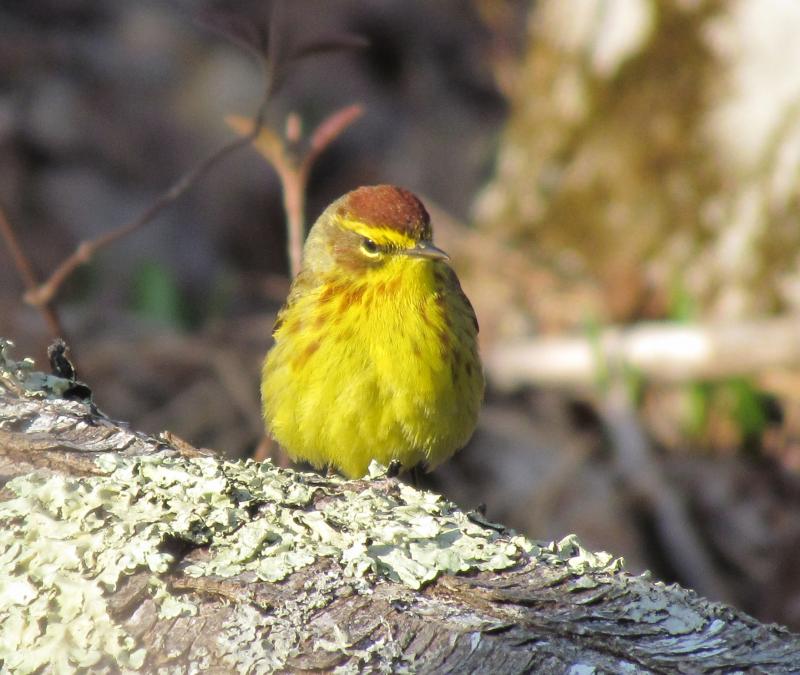 Palm warblers that spent the summer here in Maine and points north have now arrived in Mexico, Cuba, Haiti, the Dominican Republic, Jamaica, and Puerto Rico for the winter. Courtesy of Jeff Wells.
Palm warblers that spent the summer here in Maine and points north have now arrived in Mexico, Cuba, Haiti, the Dominican Republic, Jamaica, and Puerto Rico for the winter. Courtesy of Jeff Wells.
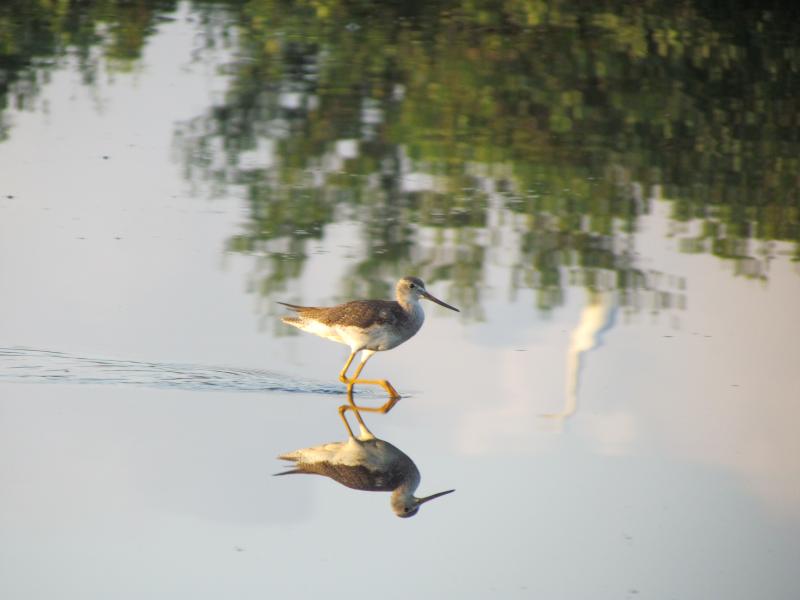 Greater yellowlegs foraging in a mangrove-lined lagoon on the island of Aruba. Courtesy of Jeff Wells.
Greater yellowlegs foraging in a mangrove-lined lagoon on the island of Aruba. Courtesy of Jeff Wells.
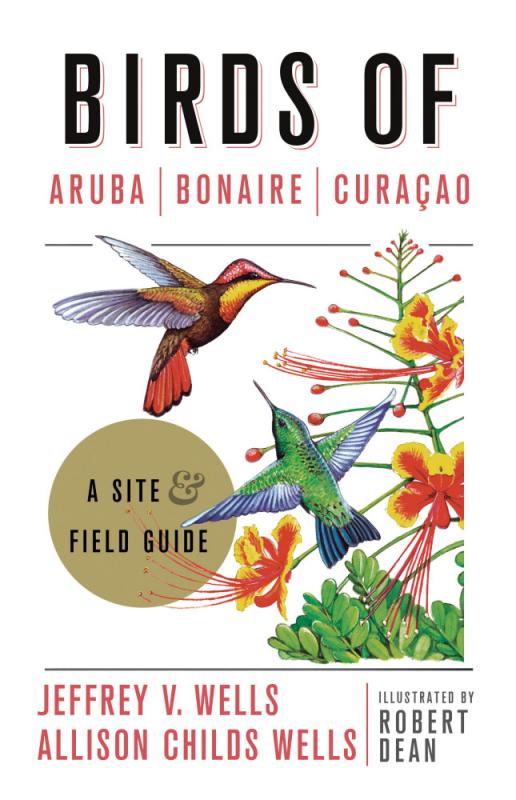 The authors’ book is a birding and site guide that provides detailed information about the birds and where to find them on Aruba, Bonaire, and Curacao. Available at https://www.cornellpress.cornell.edu/book/9781501701078/birds-of-aruba-bonaire-and-curacao/.
The authors’ book is a birding and site guide that provides detailed information about the birds and where to find them on Aruba, Bonaire, and Curacao. Available at https://www.cornellpress.cornell.edu/book/9781501701078/birds-of-aruba-bonaire-and-curacao/.
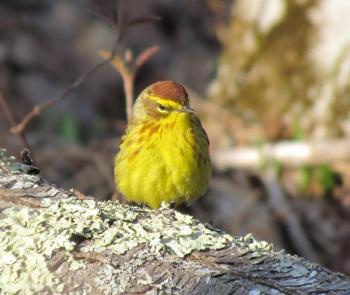 Palm warblers that spent the summer here in Maine and points north have now arrived in Mexico, Cuba, Haiti, the Dominican Republic, Jamaica, and Puerto Rico for the winter. Courtesy of Jeff Wells.
Palm warblers that spent the summer here in Maine and points north have now arrived in Mexico, Cuba, Haiti, the Dominican Republic, Jamaica, and Puerto Rico for the winter. Courtesy of Jeff Wells.
 Greater yellowlegs foraging in a mangrove-lined lagoon on the island of Aruba. Courtesy of Jeff Wells.
Greater yellowlegs foraging in a mangrove-lined lagoon on the island of Aruba. Courtesy of Jeff Wells.
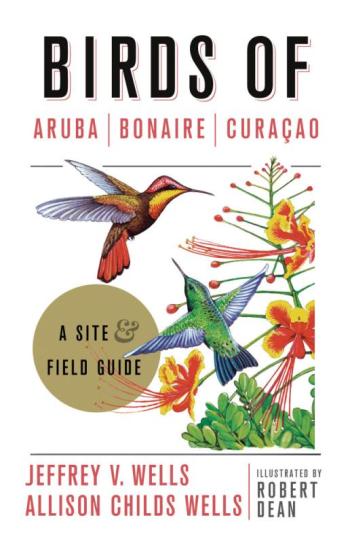 The authors’ book is a birding and site guide that provides detailed information about the birds and where to find them on Aruba, Bonaire, and Curacao. Available at https://www.cornellpress.cornell.edu/book/9781501701078/birds-of-aruba-bonaire-and-curacao/.
The authors’ book is a birding and site guide that provides detailed information about the birds and where to find them on Aruba, Bonaire, and Curacao. Available at https://www.cornellpress.cornell.edu/book/9781501701078/birds-of-aruba-bonaire-and-curacao/.
As we enjoy seeing birds that nest far to our north arrive for the winter here in Maine—birds like buffleheads, horned grebes, snow buntings, common redpolls, and others—we have been thinking about the birds that nested here this summer or passed through Maine on migration. They are now arriving far to our south.
Our friends from Aruba, the small island nation just off the coast of South America for which we have written a bird and site guide, have been noting the arrival of many of their winter birds. Ospreys that may have spent the summer here plunging into the cold waters off the spruce-covered headlands of the Maine coast spend the winter diving in the tropical blue waters around the sandy bays and coral reefs of places like Aruba. The chattery barn swallows that nested under the eaves of the shed or under a nearby bridge this summer in our area could be the same ones skimming low over the Bubali ponds on Aruba or even as far south as Argentina and Brazil.
Species like the flame-orange throated blackburnian warblers that sang all summer from the tippity-top of Maine’s tall spruces and hemlocks have now arrived in force in the Andes of Colombia and Ecuador. Brilliant scarlet tanagers likewise are being reported by birders as far south as Peru. Tail-wagging palm warblers have now arrived in Mexico, Cuba, Haiti, the Dominican Republic, Jamaica, and Puerto Rico. That’s about as far south as they normally go in winter.
With climate change keeping things warmer later in the season, some species seem to have very “stretched out” early winter ranges nowadays. American redstarts are already hanging out in mangroves and other shrubby areas on Aruba and in forests as far south as Ecuador. But a few are still lingering way up here New England—and one even in Nova Scotia! In between Ecuador and Nova Scotia are many more.
Our friends on Aruba have been regularly noting the rattle calls of belted kingfishers over the shallow salinas there, which is near the southern limit of where they have been spotted so far this winter. But the eBird map of sightings for the last month shows that they are still widespread across the U.S. and southern Canada. In fact, there are multiple sightings as far north as coastal Alaska on the Pacific Coast and Newfoundland on the Atlantic.
Those famous long-distance overwater migrants, blackpoll warblers, a species that nests on mountaintops here in Maine and that can sometimes be relatively numerous in fall migration, sometimes descend on the island of Aruba in numbers in fall migration. Birders there are not seeing a massive fallout now but small numbers are moving through the island on their way farther south; they have been recorded in Venezuela, Colombia, and Ecuador this month. Amazing to think that even just a few weeks ago a few blackpoll warblers were observed right here in Maine.
One of the most “stretched-out” current winter ranges of our migrant birds is the one shown by the long-legged shorebird, the greater yellowlegs. A map from eBird shows that in the last month these birds have been seen as far north as southern Canada and as far south as the southern end of South America—in Tierra del Fuego, Argentina, only about 600 miles from Antarctica (don’t forget it is summer in the southern hemisphere)! And yet dozens of greater yellowlegs have been seen across Maine through November as well. When will they depart? Only the records of birders like all of you will tell us! We hope you are all able to get out and enjoy the birds even during these trying times. Have safe and peaceful Thanksgiving!
Jeffrey V. Wells, Ph.D., is a Fellow of the Cornell Lab of Ornithology and Vice President of Boreal Conservation for National Audubon. Dr. Wells is one of the nation's leading bird experts and conservation biologists and author of the “Birder’s Conservation Handbook.” His grandfather, the late John Chase, was a columnist for the Boothbay Register for many years. Allison Childs Wells, formerly of the Cornell Lab of Ornithology, is a senior director at the Natural Resources Council of Maine, a nonprofit membership organization working statewide to protect the nature of Maine. Both are widely published natural history writers and are the authors of the popular book, “Maine’s Favorite Birds” (Tilbury House) and “Birds of Aruba, Bonaire, and Curaçao: A Site and Field Guide,” (Cornell University Press).
Event Date
Address
United States
















